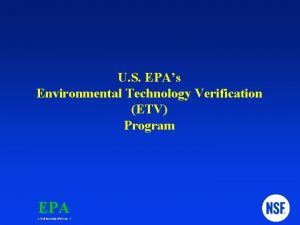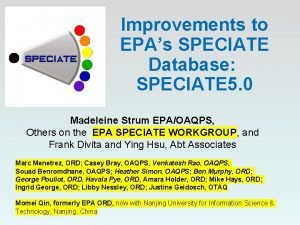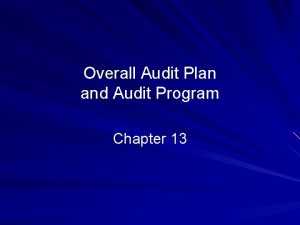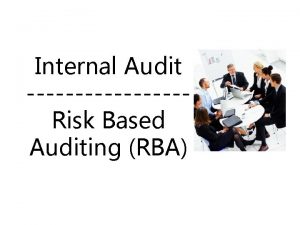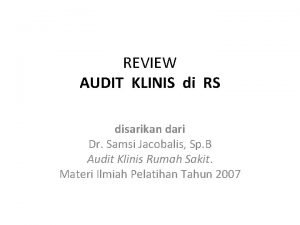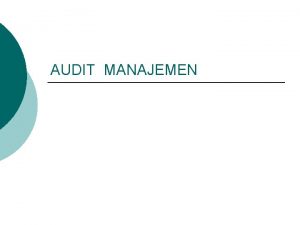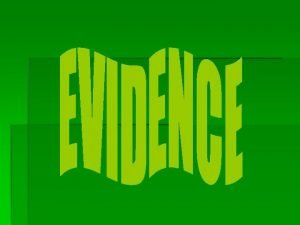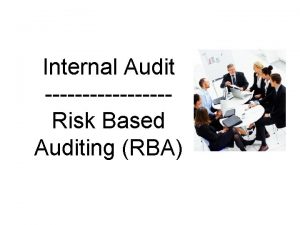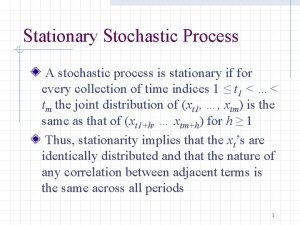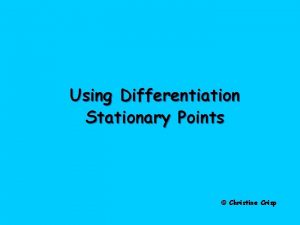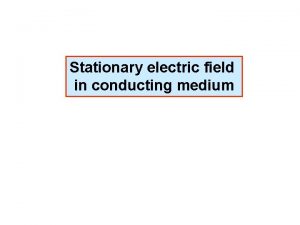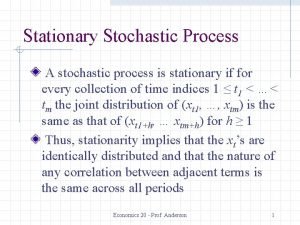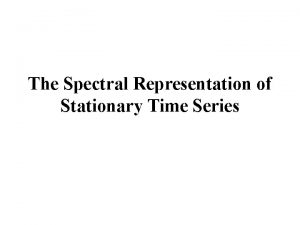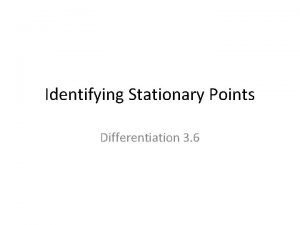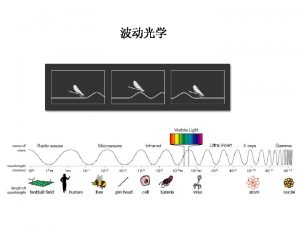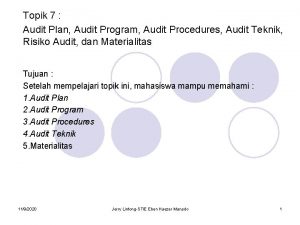The Future of EPAs Stationary Source Audit Program
















- Slides: 16

The Future of EPA’s Stationary Source Audit Program (SSAP) Michael Aldridge – NC Div. Of Air Quality

What Is the SSAP? l Provides Audit Samples to State and Local Agencies For Tests to Demonstrate Compliance with Emission Limits l Regulatory requirement in 40 CFR Part 51, 60, 61 and 63. l About 37 different methods require audit samples

How Does the SSAP Work? l Audit Samples Can Be Ordered by Registered Users from the SSAP Database (www. sscap. net/index. html) l Samples Are Shipped to the User or to an Address specified by the User l The Tester Performing the Compliance Test Measures the Audit Sample and Reports the Results to the User

How Does the SSAP Work? l The User Reports the Result to the Database and Gets Immediate Pass/Fail Results l Registered Users Have Access to Historical Results Stored in the Database

Program Costs l Audit ~$225, 000/year program needs capital improvements ~$750, 000 over five years

What does SSAP audit? l Currently Audit Samples Are Available for the Following 14 EPA Methods l Methods 6, 7, 8, 12, 13 A, 13 B, 23, 24, 25, 26 A, 29, 101 A, and 315

EPA Internal Assessment Team Discussed the current SSAP issues and considered a number of options § Outreach § § Attended The NELAC Institute (TNI) meeting to discuss restructuring the program Coordinated with EPA’s Office of Water to discuss how they restructured their Performance Evaluation Program Met with NACAA to listen to concerns

What Options Did the EPA Assessment Consider? l Shutting the SSAP down. l Continued EPA funding. l Asking the States to provide funding. l Restructuring the SSAP to allow accredited sample providers to sell audit samples.

Private Provider l Private labs provide audit samples. l American Association for Laboratory Accreditation (A 2 LA) sets accreditation criteria for operating labs. l TNI brings stakeholders together.

How will the Accredited Sample Provider Option be Implemented? § Work with the accrediting body to develop a criteria document that would describe how the program would work § Amend existing rules to state that audit samples will be available from accredited sample providers and not from EPA

EPA Interim Measures l Fund the program one more year (to October 2008) to allow time to find alternatives. l One more year of funding to October 2009) to allow time for rulemaking

Some Issues to be Resolved l How to order samples and get the results in the regulator’s hands. l Who will keep the data.

State and Local Concerns l Expand the program to cover more test methods. l Transition to private providers should be transparent. l Whoever pays the bill owns the sample. l Can the tester guess the answer without analyzing?

State and Local Concerns l How do we handle the billing? l How much will samples cost? l Get better participation in the program. l EPA should maintain some oversight of the program.

State and Local Concerns CAA – Section 101, a. 4 l Federal financial assistance and leadership is essential for the development of cooperative Federal, State, regional, and local programs to prevent and control air pollution.

EPA Contact Candace Sorrell USEPA Mail Code: E 143 -02 Research Triangle Park North Carolina 27711 (919) 541 -1064 sorrell. candace@epa. gov
 Epa in medical education
Epa in medical education Enabler social work
Enabler social work Epas technologies
Epas technologies Radviliada istorinis kontekstas
Radviliada istorinis kontekstas Epas database
Epas database Future perfect future continuous
Future perfect future continuous Future perfect simple continuous
Future perfect simple continuous Overall audit plan
Overall audit plan Perbedaan audit konvensional dengan audit berbasis risiko
Perbedaan audit konvensional dengan audit berbasis risiko Audit klinis adalah
Audit klinis adalah Beda audit medis dan audit klinis
Beda audit medis dan audit klinis Penyelesaian audit dan tanggung jawab pasca audit
Penyelesaian audit dan tanggung jawab pasca audit Kerangka kerja audit manajemen
Kerangka kerja audit manajemen Prosedur audit bottom-up dan audit top-down
Prosedur audit bottom-up dan audit top-down Vouching audit
Vouching audit Perbedaan audit konvensional dengan audit berbasis risiko
Perbedaan audit konvensional dengan audit berbasis risiko Word audit is derived from
Word audit is derived from


